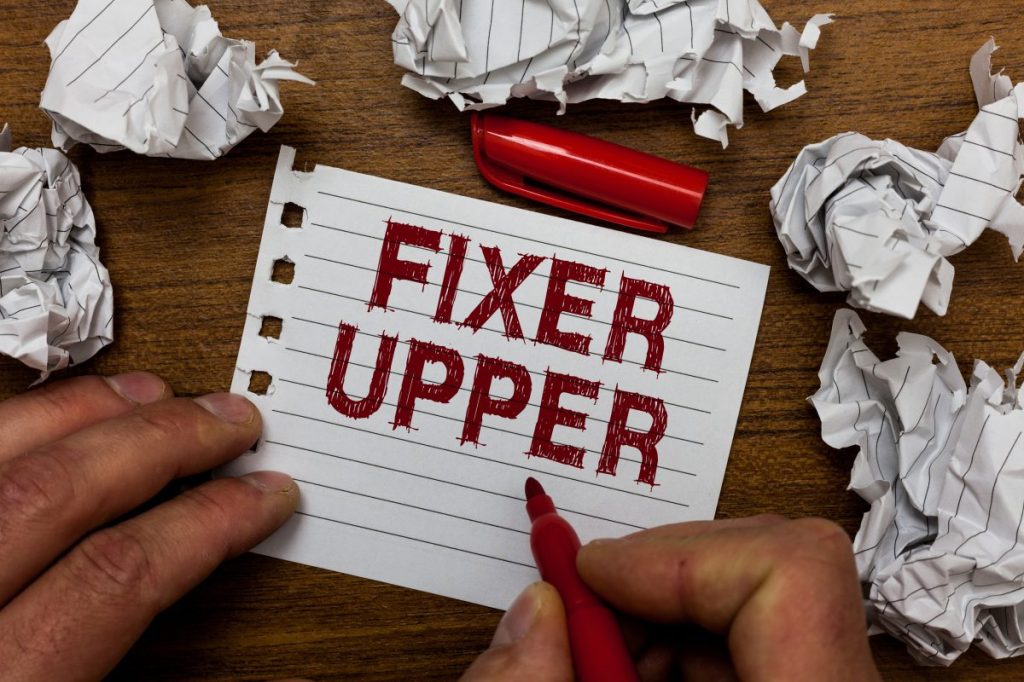With tightened housing stock supply, the competition for home buyers is fierce this year. Low rates and increased demand mean prices are soaring on what stock is available – and what’s available isn’t staying on the market for long.
One issue is that among the low inventory, there are even fewer homes that are move-in ready, said Keith Lind, executive chairman and president of Acra Lending.
“We actually have a lower inventory of homes that people really want to live in turnkey,” Lind said. “The average home age in the United States is about 40 years old, so there’s a huge stock of homes that need to be renovated.”
Given the rising price of lumber and other construction costs, renovations may sound impractical. However, that’s not necessarily an issue for homes that are simply being updated, according to Lind.
“New construction is everything – it’s copper, plastic, plumbing, lumber, roofing – but in a rehab, you’re not necessarily doing all that, there’s not a big spend on that,” he said. “From a monetary standpoint, it’s much cheaper to go in and rehab these homes and get them up to date with living standards of today than knocking them down [and building new homes].”
But not everyone has the time and ability to flip a house themselves, especially given the timing gap between purchasing a fixer-upper and updating it enough to move into full-time.
According to Lind, one way for existing housing stock to be expanded and improved upon is through investors or developers using fix’n’flip loans.
A fix’n’flip loan is designed to cover the costs of purchasing a home and renovating it. The loan is transitional, lasting about nine months to a year, with the end goal of putting that house right back on the market.
“Not everyone can afford a brand-new construction home, given where home prices are,” he said. “It’s more affordable to go the route of working with someone who’s selling homes that have been renovated. We think this is a more economical decision for homeowners, a much bigger opportunity than new-build construction in the U.S.”
Given the inventory shortage and the increase of renters turning to homeownership, Lind sees an opportunity for Acra Lending to join the fix’n’flip lender space. The company plans to launch its new vertical this summer, with the goal of lending to developers with proven experience in the rehab space.
Lind says fix’n’flip integrates well with Acra’s proven expertise in non-QM products, particularly its DSCR or investment loan offering. The transitional fix’n’flip loan can lead to a debt service coverage ratio (DSCR) loan, which Lind says is about 25% of Acra’s monthly production.
Acra Lending will be launching its fix’n’flip offering in the coming months – for more information, visit acralending.com.





